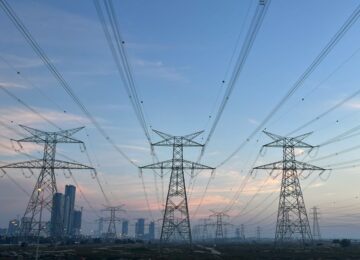Yashashree Malphatak
www.mediaeyenews.com
Parts of the United States' Pacific Northwest and Canada have been experiencing extremely high temperatures for many days, resulting in more than a hundred deaths. These intense temperatures are caused by a phenomenon known as a ‘heat dome’.
What is a heat dome?
A heat dome is formed when the atmosphere acts as a lid or cap and traps hot ocean air beneath it. It is an area of high pressure stuck over a region. According to the National Oceanic and Atmospheric Administration, heat domes formation is more likely during the La Niña years, such as 2021, which is a weather pattern in the Pacific Ocean that occurs when waters are cool in the east and warm in the western Pacific. Due to the temperature differential, winds blow dense, tropical western air eastward. That warm air eventually becomes stuck in the jet stream, a circulation of air that travels counterclockwise around the globe, and ends up on the West Coast of the United States.
This specific heat dome is unusual in the Pacific Northwest for its ferocity and it has caused record-breaking temperature levels. The area is not accustomed to such temperatures and has not adapted to them. The heat waves bring a lot of sunlight and sinking air that heats up as it compresses. Western Canada usually experiences such heat waves in July end or August beginning, however this year it has occurred as early as June. Lytton, a town in British Columbia recorded a temperature of 47 degrees Celsius (116 degrees Fahrenheit) on 28th June—which was the highest temperature ever recorded in Canada as per NASA's Earth Observatory.
Climate change is to some extent to blame for these record-breaking temperatures along with other reasons, and other climate change effects such as droughts and wildfires are worsened by the extreme temperatures. The past decade has been the warmest, with the five hottest days being recorded in the last five years. In recent decades, intense heat waves have become more common.
Forecasters predict that temperatures in the Pacific Northwest will remain hot well into next week. At the very least, temperatures will be 10 to 20 degrees above average through next Tuesday.


































Informative article
This write-up is an eye opener
Such an informative article!!
A job very well done!
Well phrased and very informative.
Nice work !